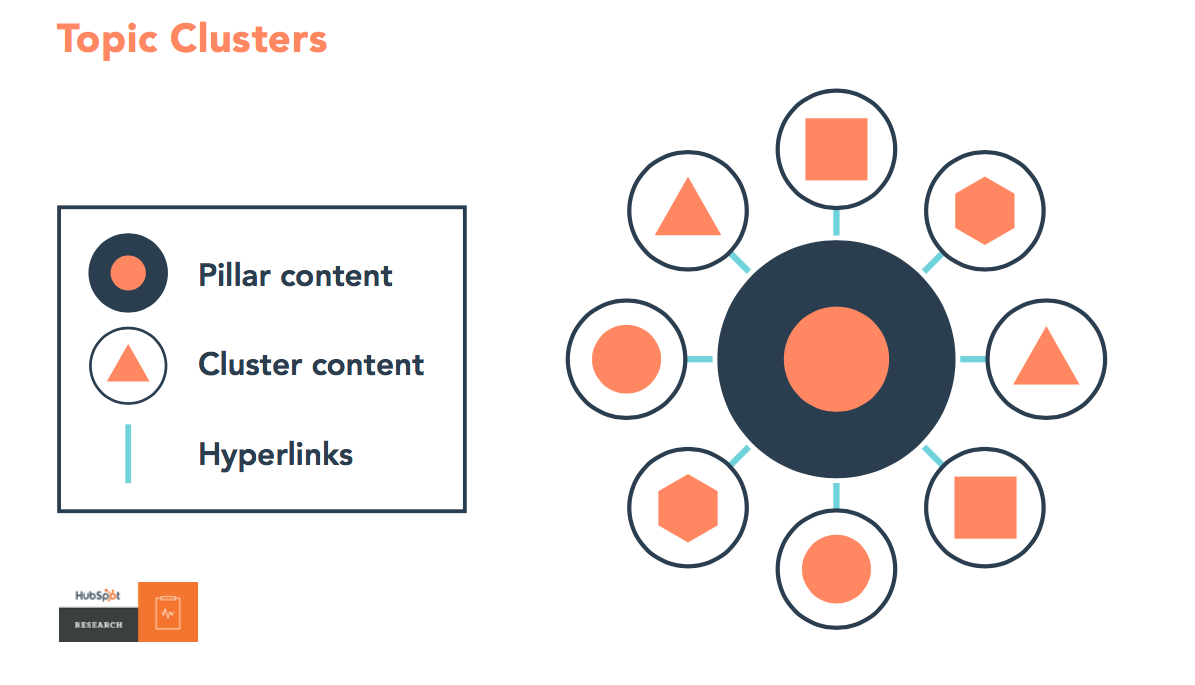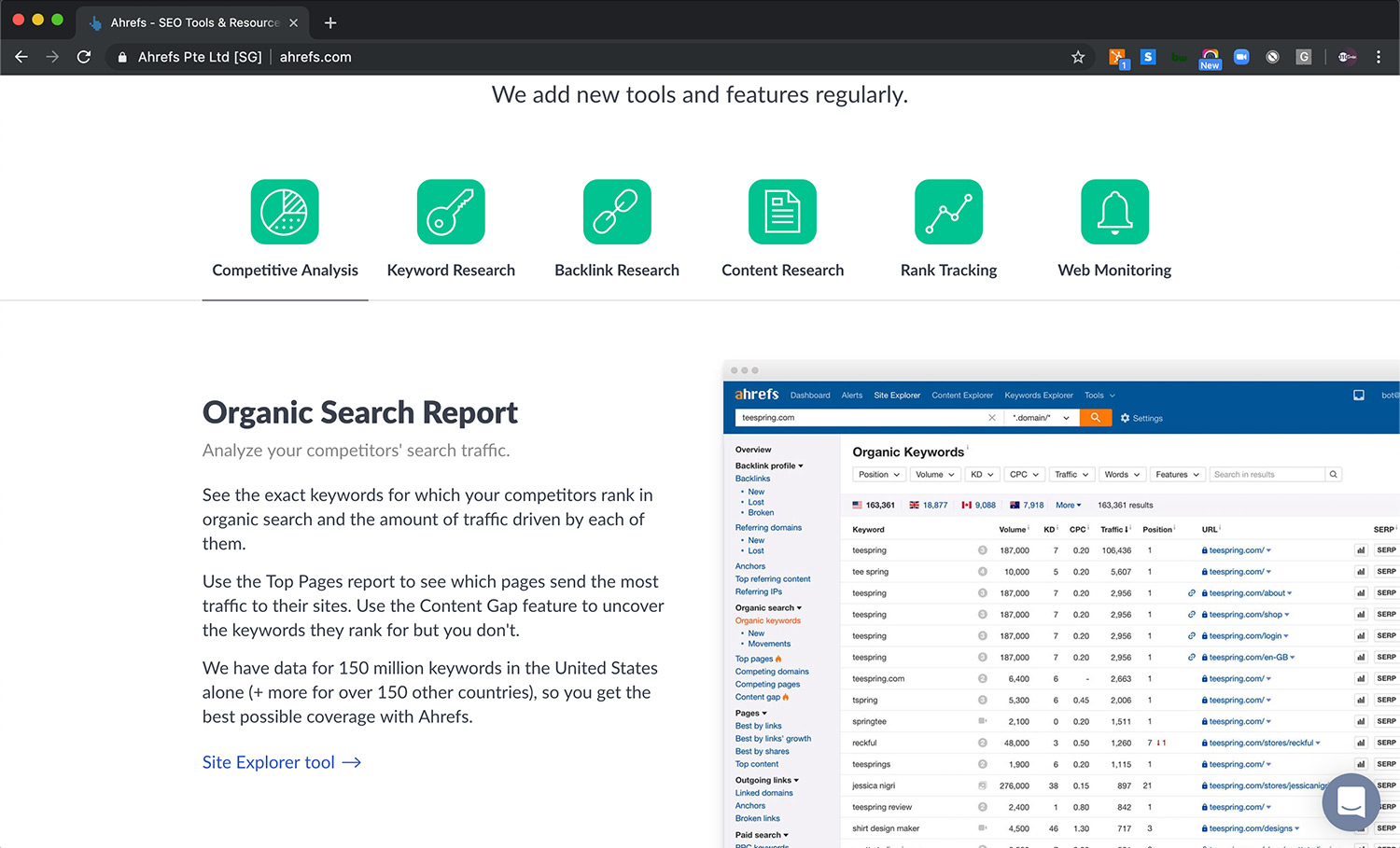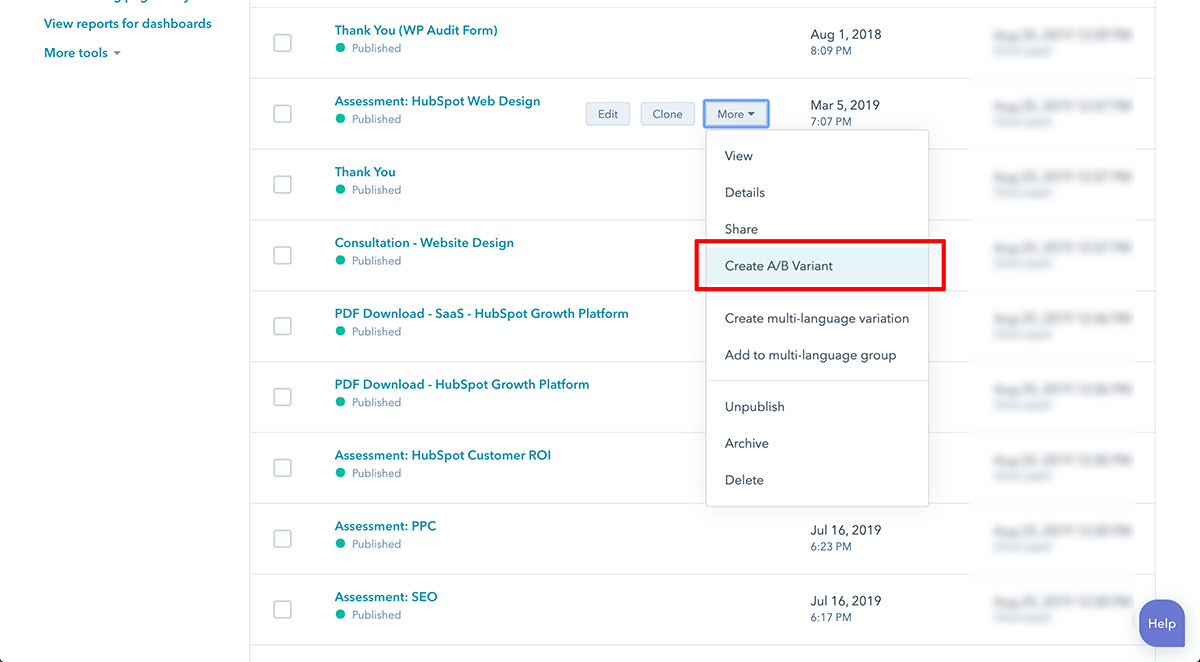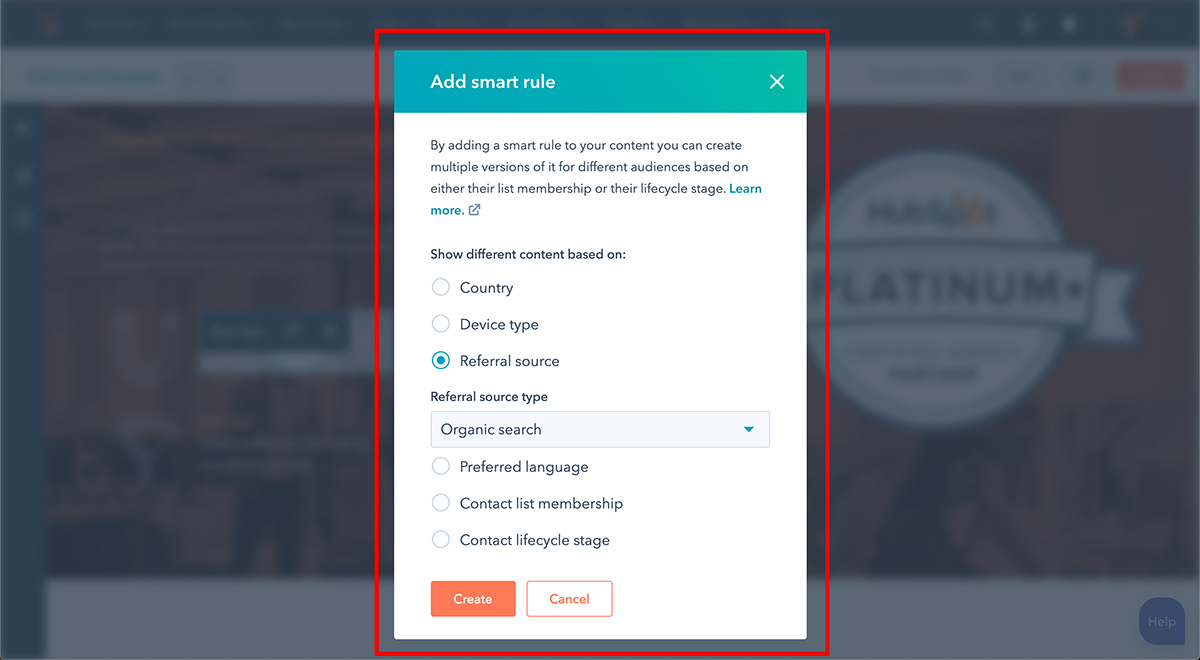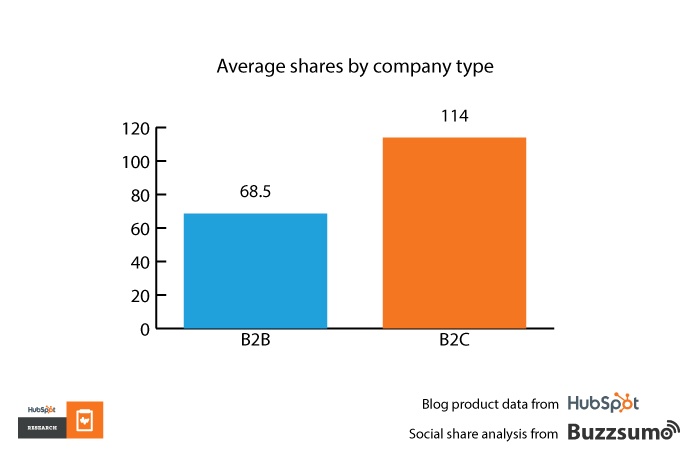2020 Guide to Inbound Marketing vs SEO
61% of marketers say improving SEO and growing their organic presence is their top inbound marketing priority
In this post, we will put inbound marketing and SEO face to face. We will tell you what makes each of these digital marketing approaches good, but we will also talk about their flaws. By the time you finish reading this piece, you will have all the necessary information to decide which one is best for your site. Let’s roll!
SEO —Still A Valuable Tactic
The goal of SEO, or search engine optimization, is to drive more traffic to your website, primarily from search engines like Google. This means that SEO focused primarily on the algorithm itself, and the best ways to optimize the website, on and off-page, in order to get it high up the SERPs.
SEO is technical, there’s no denying that. It involves page speed improvements, responsiveness, but also keyword research and implementation. It also involves competitor research and link building, and similar tedious tasks that take a lot of effort and time. SEO is about making a number of small moves that will bring significant change.
But, because search engines track user behavior, SEO is becoming more user-oriented than before. SEO now takes care of the user interface too, making sure the site is easy to navigate and looks good both on desktop and mobile devices.
Doing SEO alone can do wonders for your website. What’s great about it is that you can do a lot of things yourself, completely free. For example, you can install the Yoast SEO plugin, which will cover the basics, making sure your site is Google-ready.
Inbound Marketing—The Big Picture
Inbound marketing is a type of marketing that is less intrusive than classic, interruptive marketing. So, inbound marketing happens after a visitor found your site. The goal of inbound marketing is to give visitors what they want. It is a very generous approach. Through blogs, email newsletters, videos, and social media posts, people get free information and don’t have to give anything in return, unless they want to.
Inbound marketing uses tactics like calls to action, asking the audience to share their contact information or buy, getting something in return. Inbound marketing is user-first, and therefore, is based on quality and consistency. You want to produce top-quality content that will be useful to your target audience. However, you need to do that consistently.
Inbound marketing is also about direct communication with your audience, primarily through social media accounts. You should spur discussions, posting something new every day, or even multiple times per day. The goal is to build trust and let people get to know your brand values. Once you gain audience trust, selling becomes much easier, as you don’t have to do anything to convince people—they already know who you are, and what you stand for.
Inbound Marketing Vs. SEO
SEO is a part of inbound marketing, and therefore, these two terms shouldn’t be confronted. SEO is just a step of the process, and its goal is to get people to the site by obtaining a higher position in the search results.
However, because SEO involves keyword researching and implementation, it can tell you a lot about the direction your inbound marketing campaign should follow. Researching keywords will give you a lot of topic ideas for your blogs, but also for social media posts.
Updating and republishing old blog posts with new content and images can increase organic traffic by as much as 111%
Plus, because inbound marketing is all about user-first, the technical part of SEO also goes in line with this approach. By making your site faster and easier to navigate, you are not only improving search engine rankings but doing visitors a favor.
They will spend more time reading articles, which won’t go unnoticed by the search engines. It will result in a better ranking position, which will again lead to more people spending more time on the site, starting an upward spiral of success.
Implementing SEO and Inbound Marketing Strategies
Do The Research
It is a good idea to start researching some keywords first. Look at your competitors and other popular websites in your niche. Analyzing their sites via tools like Ahrefs will give you a lot of useful information. You will get tones of topic ideas, but also directions where to go. Based on the information you collect, the time you have and of course, the budget, you will develop an appropriate content strategy.
Take Care Of The Technical Stuff
Before your website grows, it’s essential to set it on a healthy foundation. Take care of the technical SEO first, it will make your life much easier later. Keep in mind that creating and publishing persona-driven content is the first phase.
First, choose quality hosting, to make sure your site is stable and fast. You can also use a CDN, caching, image compression. Install an SSL certificate, as that helps to rank too. Make sure your site is mobile responsive, as most users browse from their phones anyway.
Check existing links and see that they are working without showing any errors. Install and run Yoast SEO to make sure your site is indexed correctly, and that it looks good before you start adding more content to it.
Create Personalized & A/B Test Content
Name of the game is satisfying the users intent. Give them the right information, at the right time. After you have taken care of technical optimization, it is time to start producing content.
Don’t just churn out content that may overlap with your other blog posts. If you want to write a few posts on sub-category type content, instead have those be three sections within a more comprehensive blog post. This approach will always outrank 3 sub category posts on the same topic.
Give it your best effort, but don’t compare yourself with others. Don’t try to be perfect, it’s about consistency too, not only quality. Try producing one piece of content per week, and see how that goes.
Anything more than two pieces of content per week will be quite hard to do on your own, so don’t go ahead of yourself. It is better to put out one article per week, but regularly, than to release three pieces of content in three days, and then nothing in the next month.
Also, make sure you release content at the same time every week, or at least on the same day. That will create a routine for your audience, and they will know you will have something ready for them next week.
Don’t forget to optimize your content along the way. Put links to prior articles and calls to action in the text. Take care of the formatting, add images, make sure all the keywords are correctly implemented. It is much easier to optimize an article after you finish it than it is to do it for 20 articles at once, so don’t procrastinate on SEO.
Promote Your Content On Social Media
Whenever you release a new piece of content, post it on social media. But don’t automate posts, make something unique. Ask people for their opinion, and whenever you get a reply, go ahead and comment on the post. Never write generic, cookie-cutter messages. Be polite, but be yourself, and try to spur a discussion.
Also, don’t be afraid to put old content on social media accounts. If it is still relevant, people won’t mind a repost. Feeds are flooded anyway, and there is a good chance that some of your target audience didn’t notice the first time you posted the content.
Build Quality Links
If your content is high-quality, it will naturally attract links. However, it is a good idea to try and build some links too.
Find quality blogs in your niche that might be interested in you writing a guest post for their site. If they accept, you will have a valuable link back to your website, which will mean a lot in Google’s eyes.
Also, do the same for other people. When your blog starts getting traction, accept guest post requests. As long as they are in the same niche as you, and have something smart to say, there is no reason why you shouldn’t allow a guest post. It will give you free traffic to Google, and your blog will stay lively. Plus, you are helping people out, so everybody wins.
Conclusion
As you can see, there is no need to make enemies between SEO and inbound marketing. They are two pieces of a pie and share the same goal, which is attracting traffic and increasing sales.
If you execute a carefully designed inbound marketing strategy (based on SEO of course), your traffic will skyrocket, no denying that. Of course, traffic alone won’t make you rich, you need to work on conversions too. But, if you don’t have visitors, you won’t have people to convert, which is why inbound marketing is so important.
Just be smart, take it one step at a time, and develop a healthy inbound marketing strategy you can stick to in years to come. We have no doubt it will turn out to be a success.
Let us know in the comments below how you plan to create and execute your inbound marketing (or SEO) strategy.

